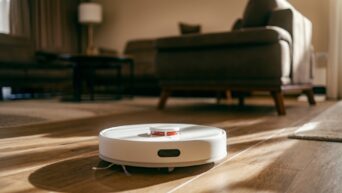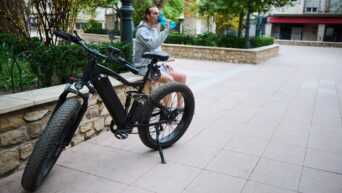As automobiles move closer and closer to being driverless, people continue to have some concerns over their ability to navigate around winding roads.
Automotive-technology-artificial intelligence is currently working on three aspects before really becominga reality. They are:
- Advanced driver-assistance systems
- Robotaxi ride-hailing
- Series-production passenger car autonomy
In the advanced driver-assistance systems, the driver remains in control of the vehicle. However, a system will intervene when it is necessary to prevent potential accidents. As people continue to ignore the dangers of texting and driving, this type of feature is crucial to keeping people safe. The goal is to protect people 75% of the time by the year 2025.
The focus on robotaxis has been growing in recent months. Three factors have been holding it back from coming to fruition at the moment: cost, regulation, and geographic scale. When you think about the cost, you have to consider the number of cameras, radars, lidars, and high-performance computing that is necessary to make the vehicle a reality. It should be possible to work for robotaxi, but is too expensive, currently, for series-production passenger cars.
As far as regulation is concerned, companies are having a hard time figuring out a way to balance safety and usefulness in a way that can be acceptable to society. Again, making it work for robotaxis is a lot easier than it is for privately owned cars. A robotaxi would be controlled and monitored consistently because it will be in one geographic region. Vehicles that are privately owned would be difficult to track.
Geographically speaking, vehicles that run on their own will need to have the most up-to-date maps possible, with extreme detail and accuracy. The maps would need to be constantly updated and precise. Robotaxis could be confined to an area that’s fully mapped out and understood. Cars that are privately owned could end up driving into unknown areas that could be extremely dangerous.
Before anything comes to fruition, companies will need to perfect robotaxis. We are still quite a ways off from having privately owned driverless vehicles, but the trial and error stage will continue until their safety, affordability, and geographically accurate GPS systems are in the precise working order.

































